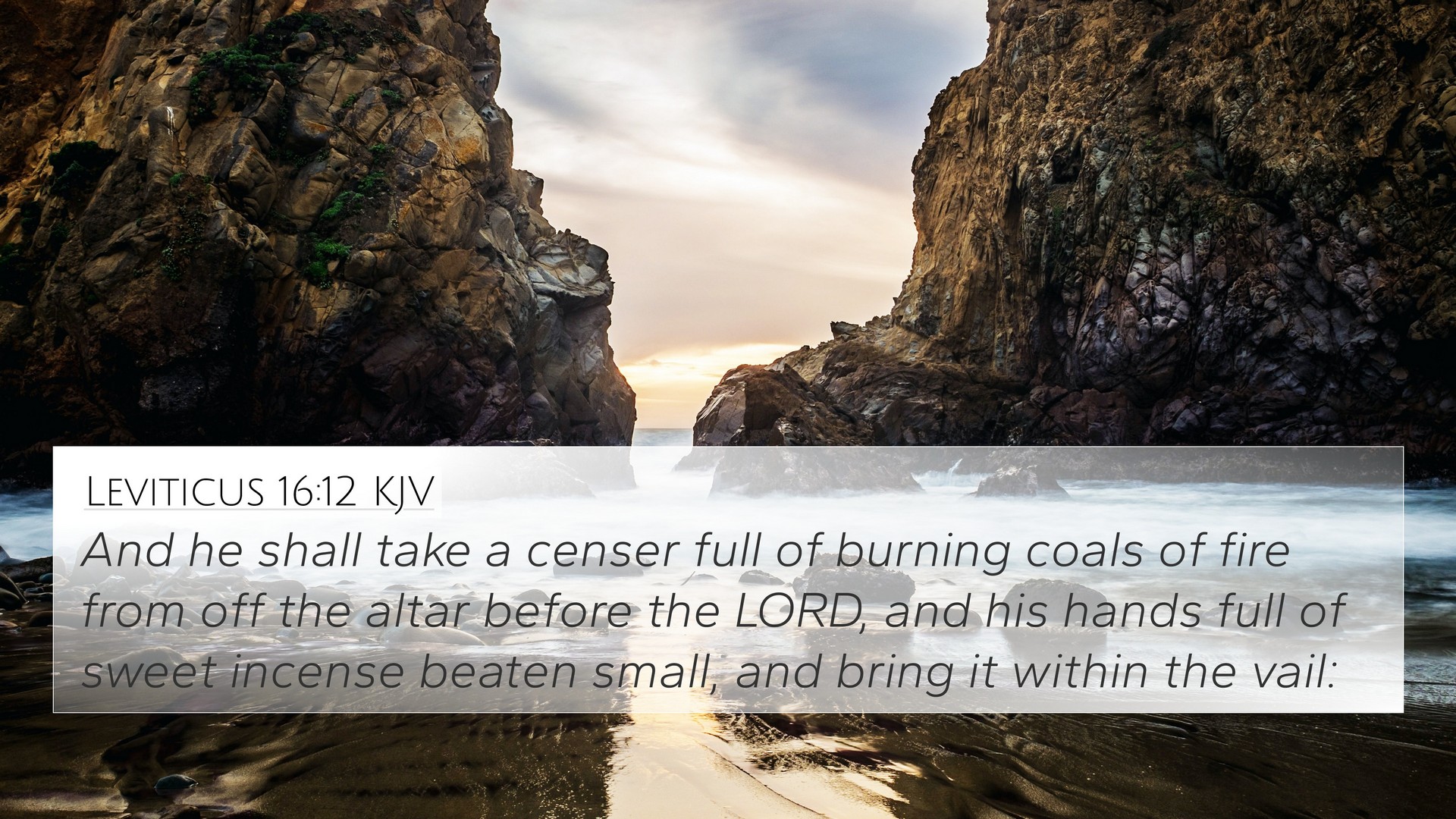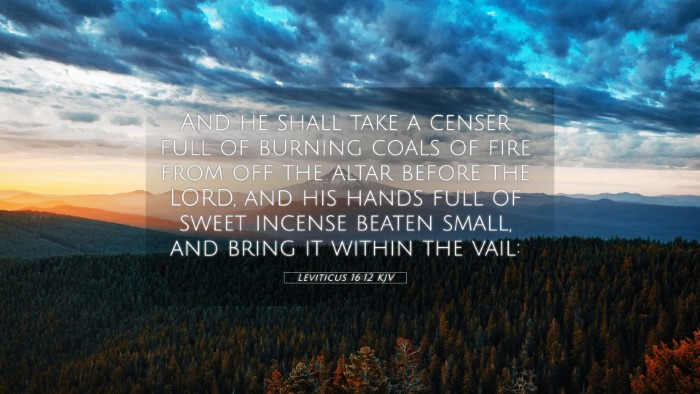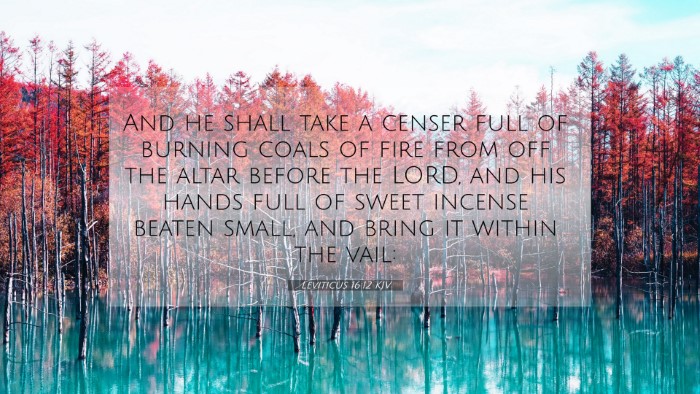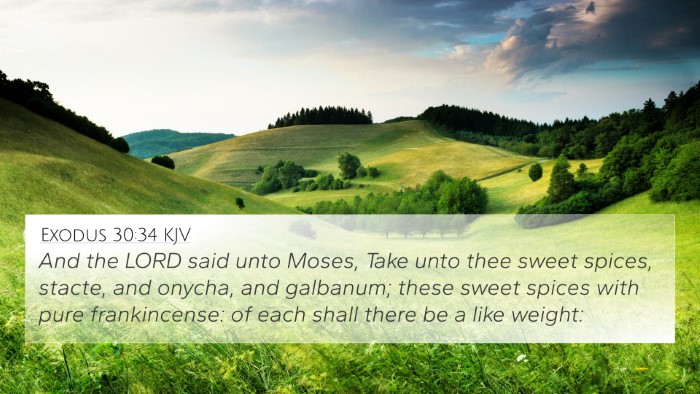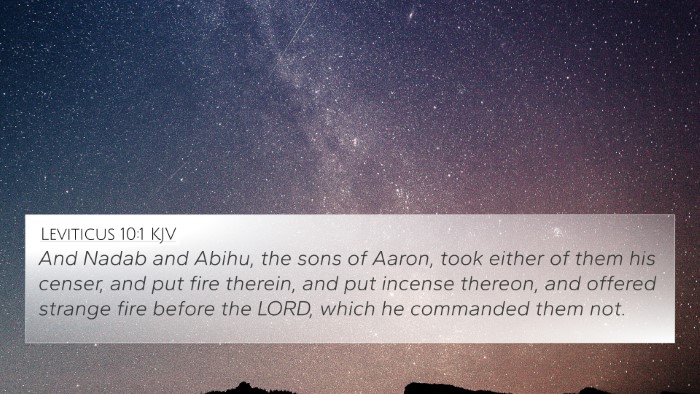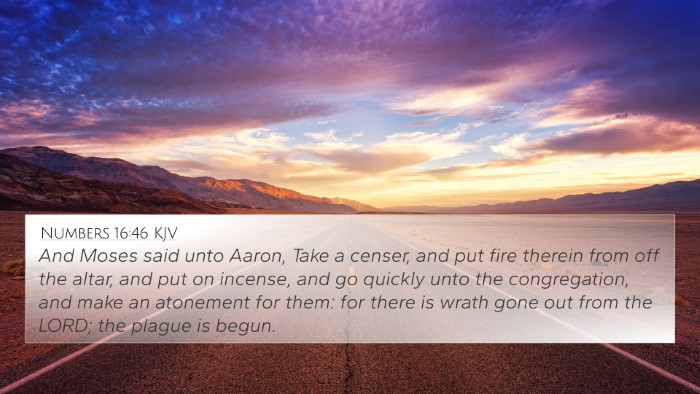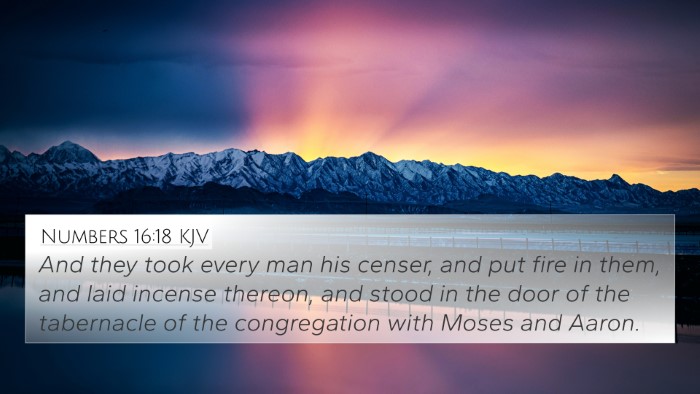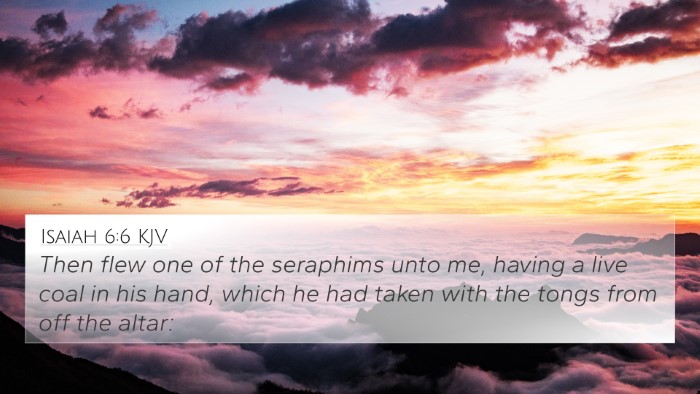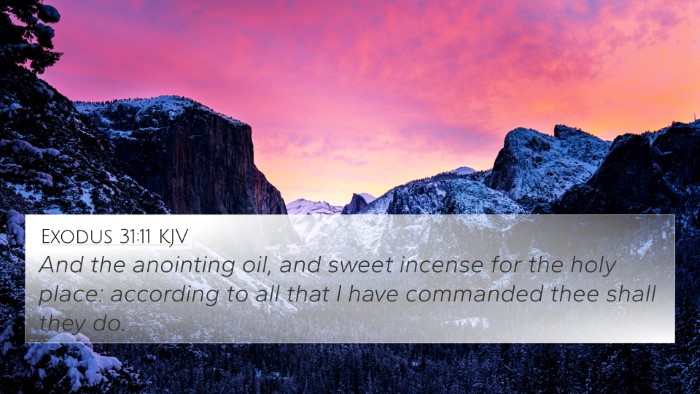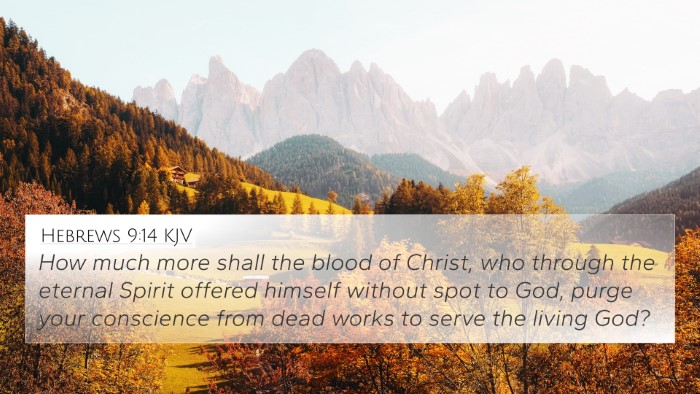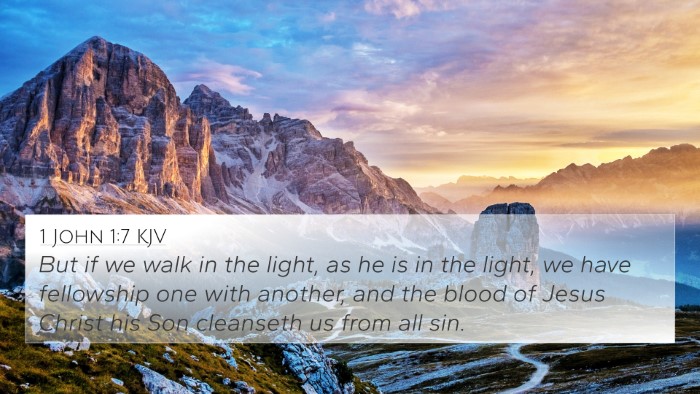Understanding Leviticus 16:12
Leviticus 16:12 states:
"And he shall take a censer full of burning coals of fire from off the altar before the LORD, and his hands full of sweet incense beaten small, and bring it within the vail."
Summary of the Verse Meaning
This verse outlines the specific actions of the high priest on the Day of Atonement. It emphasizes the solemnity and ritual involved in approaching God, as well as the importance of preparation and the right materials for worship. The high priest’s task was not only physical but deeply spiritual, representing the people before God.
Insights from Public Domain Commentaries
-
Matthew Henry's Commentary:
Henry highlights the significance of the censer filled with coals and incense, noting that these elements symbolize the prayers and worship of the people ascending to God. The act of bringing it within the veil signifies entering into the presence of God, which was a privilege reserved for the high priest alone.
-
Albert Barnes' Notes:
Barnes emphasizes the meticulous detail of the ritual, illustrating the seriousness of the high priest's role. He points out that the burning coals represent purification and the incense serves to please God, illustrating the necessity for holiness when approaching His presence.
-
Adam Clarke's Commentary:
Clarke elaborates on the Day of Atonement and its significance in the Jewish tradition, explaining how this ritual foreshadows the ultimate sacrifice of Jesus Christ. He notes that the actions of the high priest symbolize intercession, a theme that permeates both the Old and New Testaments.
Bible Verse Cross References
This verse connects with several significant scripture passages, illustrating the themes of worship, atonement, and the holiness required to approach God:
- Exodus 30:7-8: Instructions about maintaining the altar of incense.
- Hebrews 9:3-4: The description of the Most Holy Place and its connections to the objects used in Leviticus.
- Leviticus 10:1-2: The serious consequences of improperly approaching God, underscoring the need for reverence.
- Numbers 16:46-48: A reference to incense being used to atone for the people and stop a plague.
- Revelation 8:3-4: The imagery of incense in heaven being offered with the prayers of the saints.
- Romans 12:1: A call to offer ourselves as living sacrifices, aligning with the sacrificial system outlined in Leviticus.
- 1 Peter 2:5: Believers as a holy priesthood offering spiritual sacrifices, echoing the priestly duties in Leviticus.
Connections Between Bible Verses
Leviticus 16:12 serves as a pivotal point for understanding the broader narrative of atonement and sacrifice in the Bible. Here are some thematic connections:
-
Forgiveness and Atonement:
This theme is prevalent throughout Scripture, linking Leviticus with New Testament teachings about Christ's atoning work.
-
The Role of the Priest:
The function of the high priest in Leviticus is echoed in the ministry of Christ and the priesthood of believers (see Hebrews 4:14).
-
Worship and Incense:
The concept of incense representing prayer is found throughout Psalms and Revelation, bridging both Testaments.
Cross-Referencing Biblical Texts
Understanding Leviticus 16:12 benefits from cross-referencing various biblical texts. Here are insights on how to effectively engage in cross-referencing:
- Tools for Bible Cross-Referencing: Utilize a cross-reference Bible study guide to find related scriptures systematically.
- Bible Concordance: A Bible concordance can help pinpoint specific themes and subjects related to this verse.
- Identification Methods:
- Look for keywords that relate to the central themes of the verse.
- Consider broader thematic studies that connect the Old and New Testament.
Conclusion: The Importance of Cross-Referencing
Studying Leviticus 16:12 in conjunction with other passages not only enhances our understanding of the text but also illuminates the continuous dialogue between Old and New Testament themes of worship, sacrifice, and the divine nature of God’s redemption plan.
